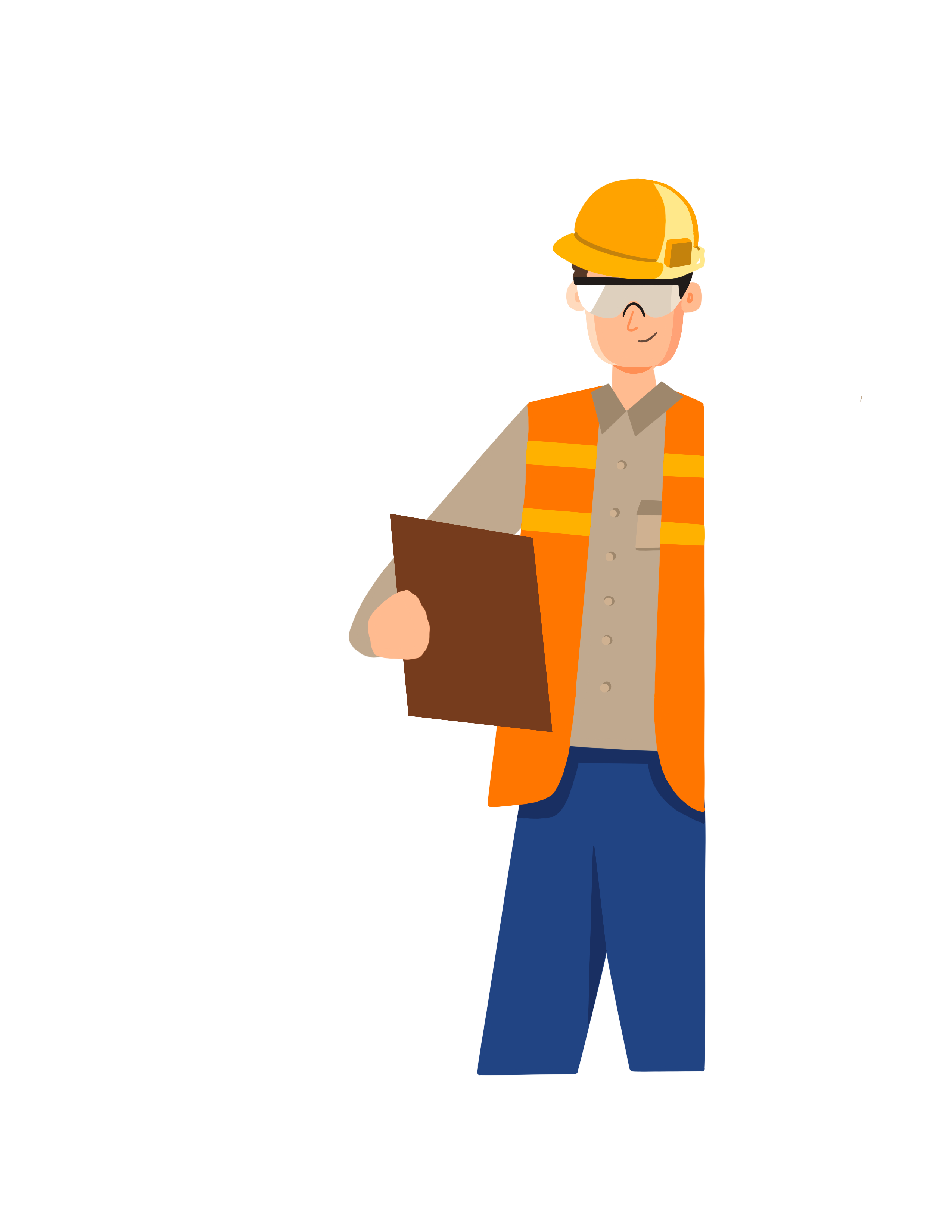
3 minute read
WORK SAFETY: Fall Prevention
In 2021, the leading cause of death for construction employees was falls from elevation. According to the Bureau of Labor and Statistics, these fatalities accounted for 378 of 986 construction deaths. When it comes to cited OSHA violations, unsafe fall protections are consistently the highest on the list. OSHA states in 2022 there were 5,260 violations for fall protection general requirements and 1,556 violations for fall protection training requirements.
Set Goals
Faulty safety processes within a construction company can impact a company’s reputation, insurance rates and ability to stay on schedule. The good news is most construction safety accidents are preventable and steps can be taken to ensure work sites will be injury free.
OSHA recommends establishing realistic, measurable goals for improving safety and health. Goals that emphasize injury and illness prevention should be included rather than focusing on injury and illness rates. These goals are more achievable when responsibilities and tasks and are assigned to particular people, timeframes are created and resource needs are determined and have an approved budget.
An additional tool to ensure jobsite safety is forming a site safety committee. Those working in the field will have the best knowledge of current and future conditions of the jobsite. This insight can help superintendents, foremen and/or safety managers get ahead of any potential safety risks, correct hazards and help form more effective safety policies. The site safety committee approach also empowers workers to provide helpful solutions and speak up in an industry that has sometimes been resistant to reporting safety issues.
While potential accidents will range by jobsite, OSHA recommends keeping the following common problem areas in mind when assessing a job and creating a fall prevention program: ladders, roofs, scaffolding, stairways, structural steel, floor openings and fragile roof surfaces.
To avoid injuries and violations, OSHA outlines five ways to approach those hazard areas:
1. If working at six feet or higher, use fall protection systems such as guardrails, safety nets and personal fall arrest equipment
2. Make a fall prevention plan in writing that is site specific
3. Provide workers with the right equipment for the job
4. Train everyone to use equipment safely
5. Inspect harnesses, lanyards and anchorage points before each use
A Culture of Safety
Direct participation from senior leadership of a company will result in a higher chance of reducing accidents, according to OSHA. When the owner directly communicates his or her safety expectations to all employees, this establishes personal accountability throughout the company. When leadership drives the safety culture workers feel empowered to be a part of the safety process and look out for each other.
Instilling this culture of safety from the beginning of one’s time with the company can have a huge impact in the long term. Recent data collected by the Associated Builder and Contractors, Inc. (ABC) highlights the importance of providing thorough safety education during new-hire orientation. According to the 2019 ABC Safety Performance Report, companies that incorporated an in-depth indoctrination of new hires into their safety culture and processes had a 50% lower incident rate than businesses that provided only basic safety and health compliance topics.
More Info
NAHB's complete Fall Protection Toolkit and additional jobsite safety information can be found at tinyurl.com/safetoolkit.






